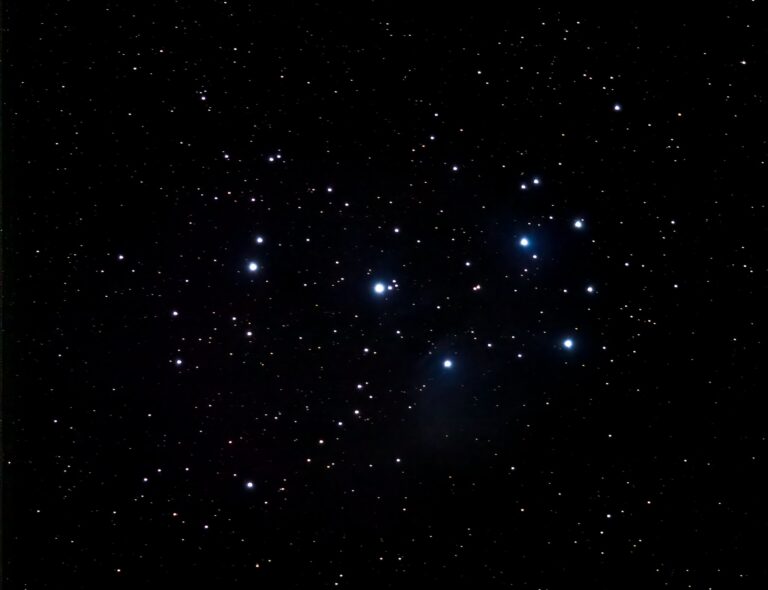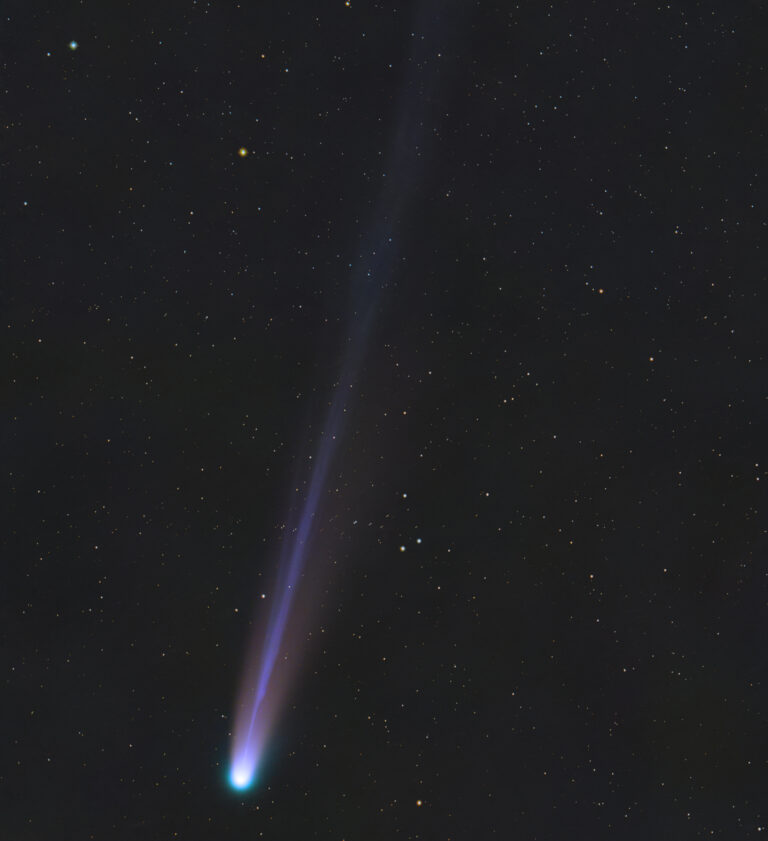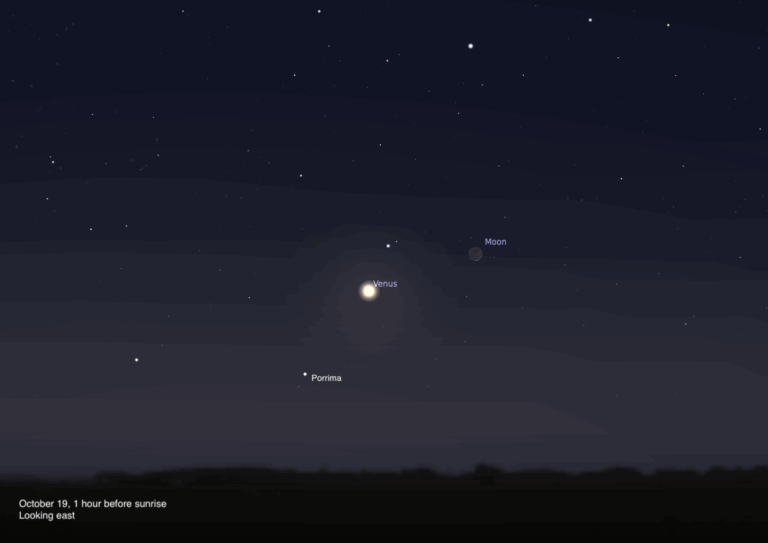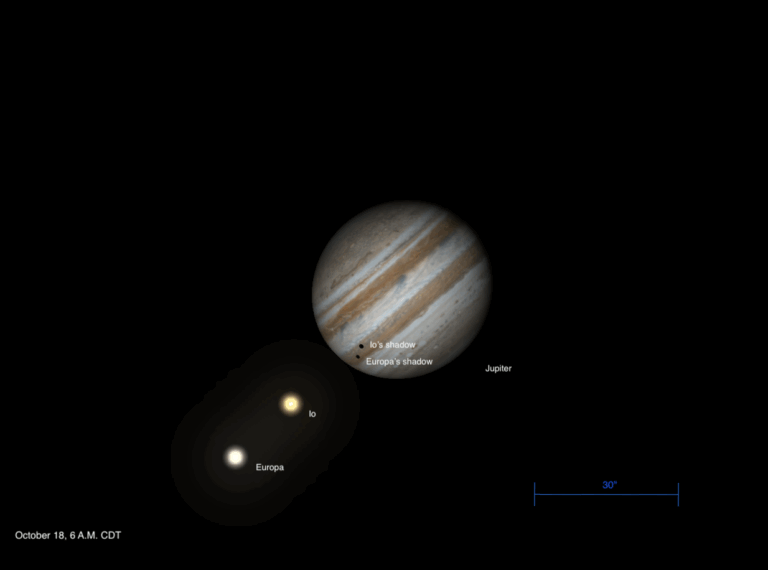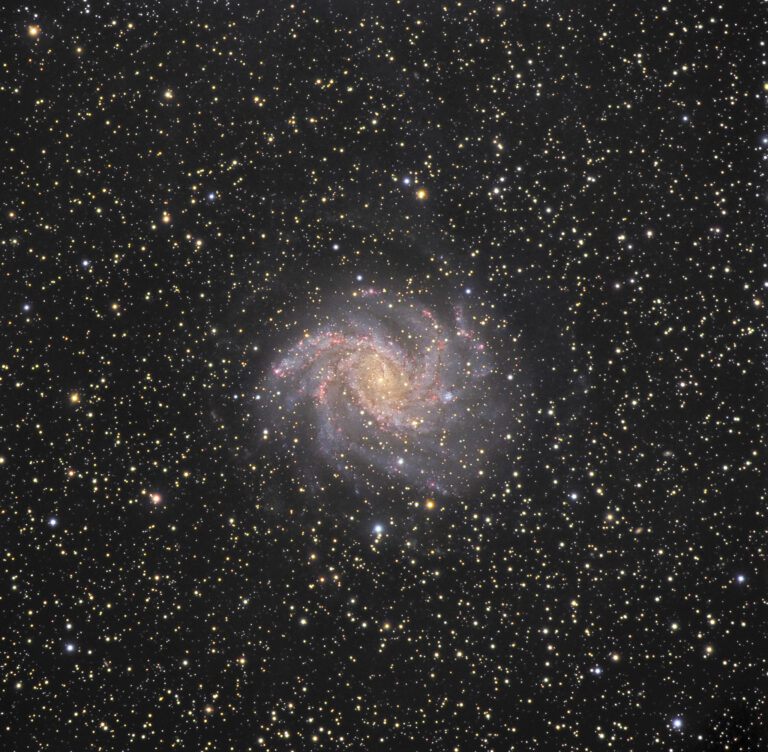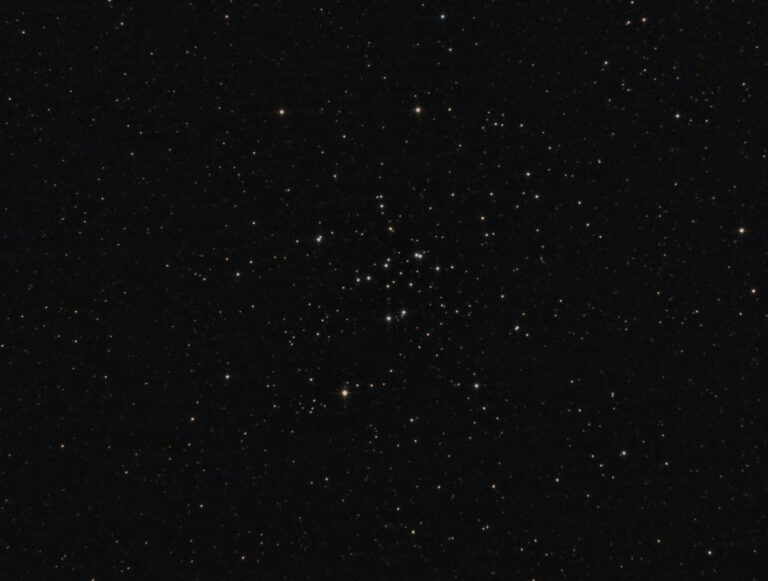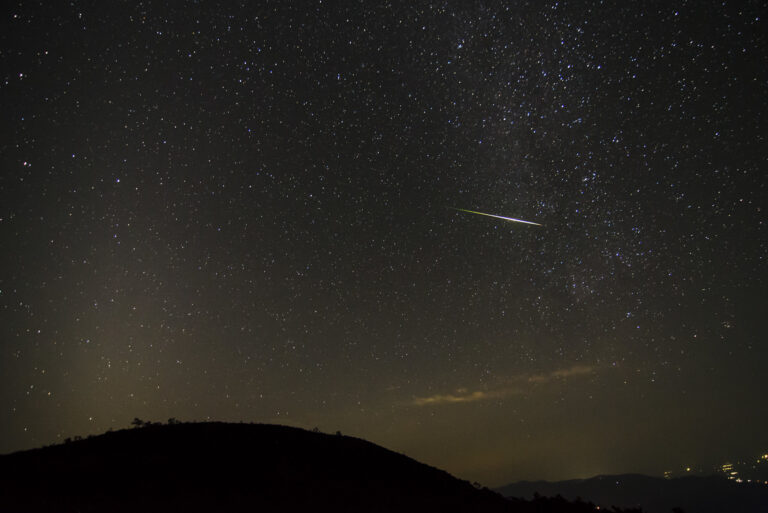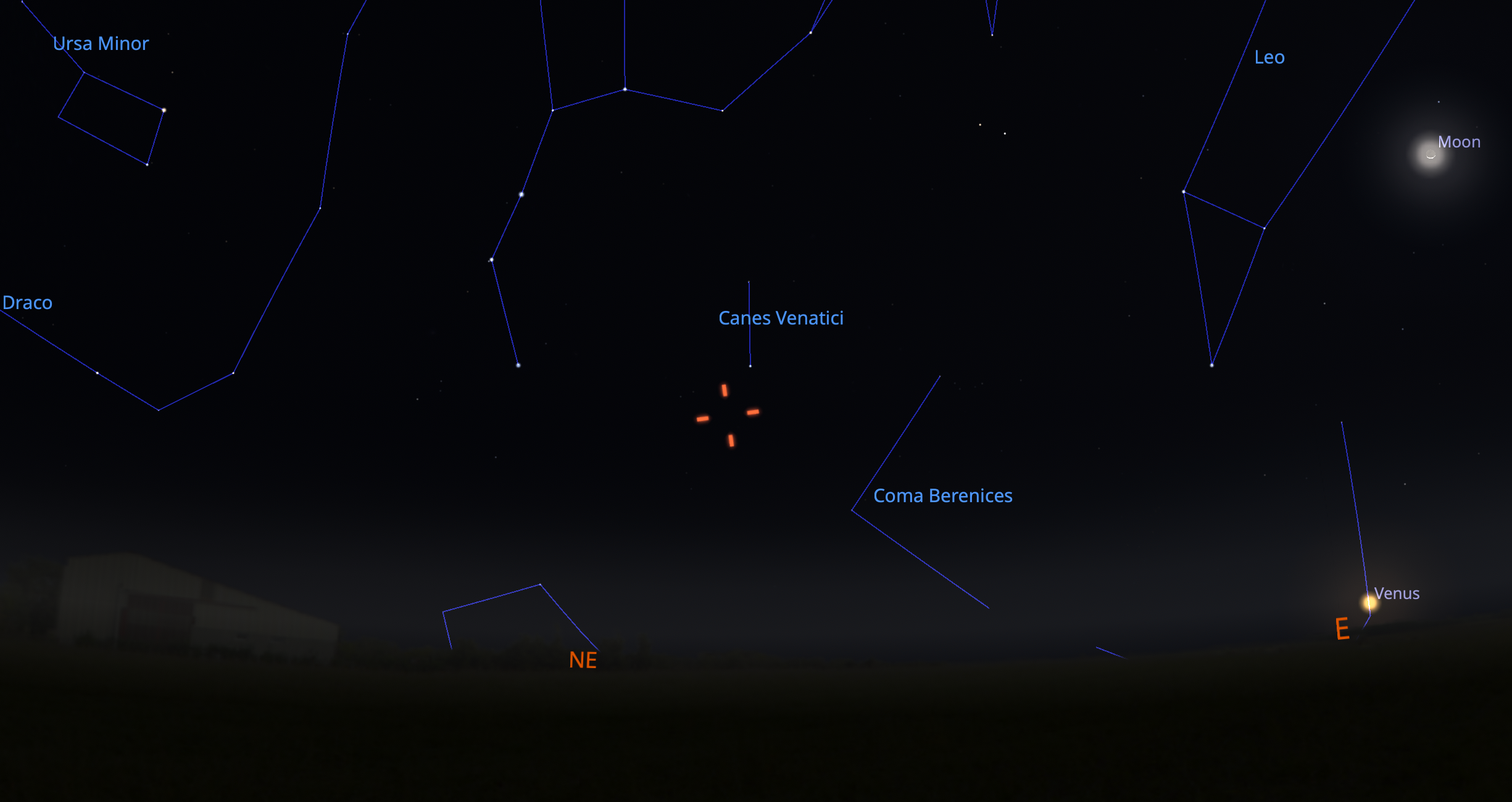Key Takeaways:
In addition, increasing numbers of nature enthusiasts journey to far-flung places for celestial events like aurorae and total eclipses. The growing astro-tour industry is therefore long overdue as a topic for this page. And you may enjoy hearing the “inside story,” even if the subject is self-serving.
This magazine works with MWT Associates, an excellent science tour company. Before 2006, Astronomy used other enterprises, including Specialty Tours, led by George Scheitinger. I’ve lectured for both outfits, and the latter recently created a subsidiary called Berman Astronomy Tours. You can’t go wrong with either one.
With Scheitinger, my tour groups have seen seven total eclipses and countless auroral displays. We have our secret destinations and usually return to them. But a few months ago, Scheitinger asked if I could think of some novel tours beyond the usual eclipse and aurora expeditions.
Travel companies have done this before. MWT Associates hit upon the idea of taking people to the Sahara Desert to look for meteorites, their most recent such trip occurring in 2011. And in 1996, another company hired comet co-discoverer Tom Bopp, the late comet expert Fred Whipple, and me to conduct a cruise when Comet Hale-Bopp first became visible.
That excursion was totally unnecessary. The comet would be just as visible from Nebraska. But who’d object to sailing the warm Caribbean in March? Everyone loved it.
So, creating new itineraries is now the rage. With this as background, it suddenly hit me that this coming November, the greatest comet of our lives may materialize. Comet ISON should be wonderful from the rural U.S., albeit very low, so why not catch it before perihelion, when it’s higher up and guaranteed to be in one piece, prior to its perilously close encounter with the Sun?
AS VISIBLE FROM NEBRASKA.
BUT WHO’D OBJECT TO SAILING
THE WARM CARIBBEAN IN MARCH?
Unique natural scenery is important, and clear skies are vital. Berman Astronomy Tours took a group to New Zealand last November, and the South Island was gorgeous. But it was cloudy most of the time. I should have checked the climate stats ahead of the tour.
So now, thinking about the upcoming comet, northern Chile sprang to mind. It’s a favorite place of mine. The Atacama Desert is the driest on Earth as well as visually stunning and safe. The nearby Andes are breathtaking. I also have a personal connection with a fabulous private observatory in the area, where the skies are beyond belief, that would let us feel as if we’re in space. There’s nothing like it.
So in January, some of us at Berman Astronomy Tours traveled south to do recon for the trip — my first time participating in such a task. I gaped at the blood-red star DY Crucis through the observatory’s 0.5-meter telescope. The Magellanic Clouds were so brilliant that you almost needed sunglasses. The Milky Way cast shadows. What a contrast from, say, Beijing, where not a single star is visible to skywatchers.
We decided to house the Comet ISON tour group in green Andean valleys, bus the travelers to the observatory and desert by night, and do side trips like seeing penguin and dolphin colonies in the cold Humboldt waters alongside the desert. And then we set up charter coaches; found cool, quaint hotels; scoped out restaurants; and drove various desert routes until we were happy with the whole itinerary.
To investigate a four-day “extension” afterward, which most people enjoy as an option, we then flew to Peru to check out the Cuzco/Machu Picchu tour. We set that up in a day, and then had time to ponder other options. Inland southern Peru, where the tourists go, is often cloudy, but what about the desert-like north? A Peace Corps friend generously showed me that less-traveled region.
You’ve got to salute those Peace Corps altruists. Paid just $400 a month, out of which they arrange rent and everything else, they eat rice and potatoes most of the time. They live in tiny mudrooms. When we visited my friend’s “family,” a rat was running over his bed.
At night, giant roaches occupied the kitchen. Fly season had just begun, so they were everywhere, too. Plus, Peruvians love setting off ear-splitting cherry bombs with a strange regularity. They also have the odd custom of locking dogs on the roof, where they bark down at you.
We scratched that region off the “possible tour” list.
It was a small, odd “inside glimpse” at the astro-tourism business.
Contact me about my strange universe by visiting http://skymanbob.com.



